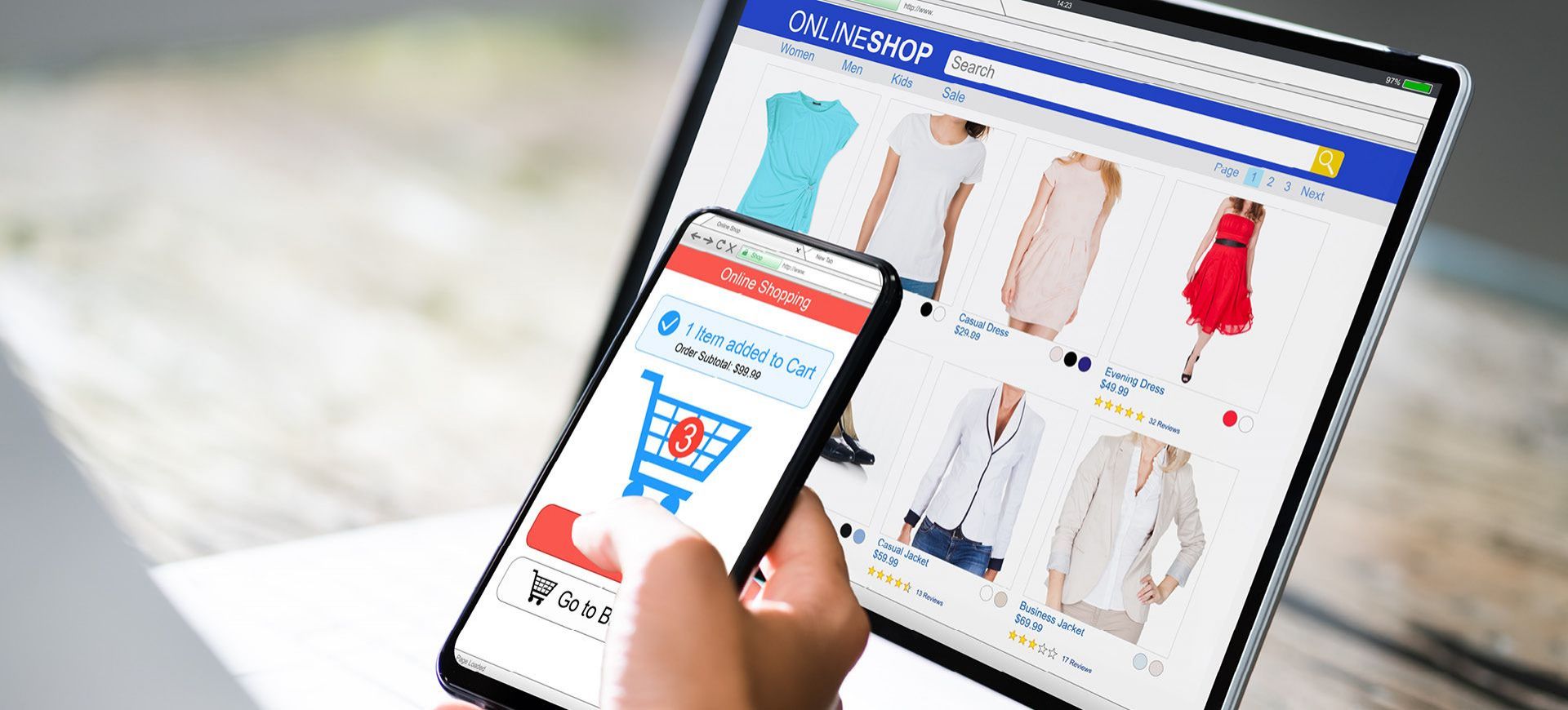24th Aug 2018

24th Aug 2018
1. Effective product display
Digital stores don't have physical displays (obviously), so it's all about the way that you show products off online. High quality images, videos and/or detailed descriptions are essential to convince consumers to purchase. Use multiple images but make sure they're not too large - according to Adobe, you'll see a consumer drop-off rate of 39% if pages take too long to load because images are too big.
2. Simple to use
More than two thirds of consumers say that ease of use is the most important factor when it comes to e-commerce websites. Is the site easy to navigate? How simple is it to find products or information? Are there any obstacles to conversion?
3. A responsive website
More and more people today shop via their mobiles so it's crucial to have a mobile friendly website. Plus, Google has stated quite clearly that non-responsive websites will now suffer the SEO consequences.
4. Wish list features
Not only does a wish list mean that a consumer can always find what they wanted to purchase, but it can also remind them of that wish in future and provide your business with data on customer preferences.
5. "You might like this too"
Showing customers related items personalises the experience and makes it more likely that customers will buy additional items.
6. FAQs
Detailed FAQs will be essential to overcome purchase doubts, particularly if you're selling high end products, or you have an involved manufacture process.
7. Choice of payment methods
It's key to offer a range of payment options if you want to capture the most conversions. From Apple Pay to PayPal to credit cards, the more choices there are, the more likely consumers are to stay on your site to buy.
8. Security measures
Consumers are wary when it comes to spending online, both when it comes to their personal data and card details, and so security is essential. This may include an SSL certificate, a detailed privacy policy relating to customer data and even two factor authentication.
9. In-store options
If your e-commerce website is part of a business with a bricks-and-mortar store, then giving consumers the option to locate an item in-store can be a feature that helps your business to stand out.
10. Special offers
Prominently displaying offers and promotions on the website means they will be more widely seen and shared.
11. User generated reviews
Including reviews on your e-commerce website can help consumers to overcome buying obstacles by providing additional information. Consumers consult reviews a lot and the star rating on a review is the number one factor that many consumers rely on when making purchasing decisions. If you're including reviews, don't delete the negative ones - a good balance is essential - if they are all positive, consumers will think they are fake.
12. Delivery details
Make it easy to see the cost and times involved in delivery. It's always worth considering free shipping, as customers tend to spend 30% more when they don't have to pay delivery costs.
13. Easy contact
Always make it simple for a customer to get in touch, or trust may be damaged as a result.
14. Clear returns
92% of customers will buy again from a brand if the return was simple and easy. Two thirds of customers will check the returns policy before even making the purchase, so it must be easy to find and clearly set out.
15. Social media integration
Integrating social media enables customers to share products on your website and also helps your brand to build authenticity and connection in a very crowded space. Social media integration is essential for e-commerce that feels accessible and to give you access to the widest possible audience.
To find out how to boost your customer engagement with your e-commerce site, click here.